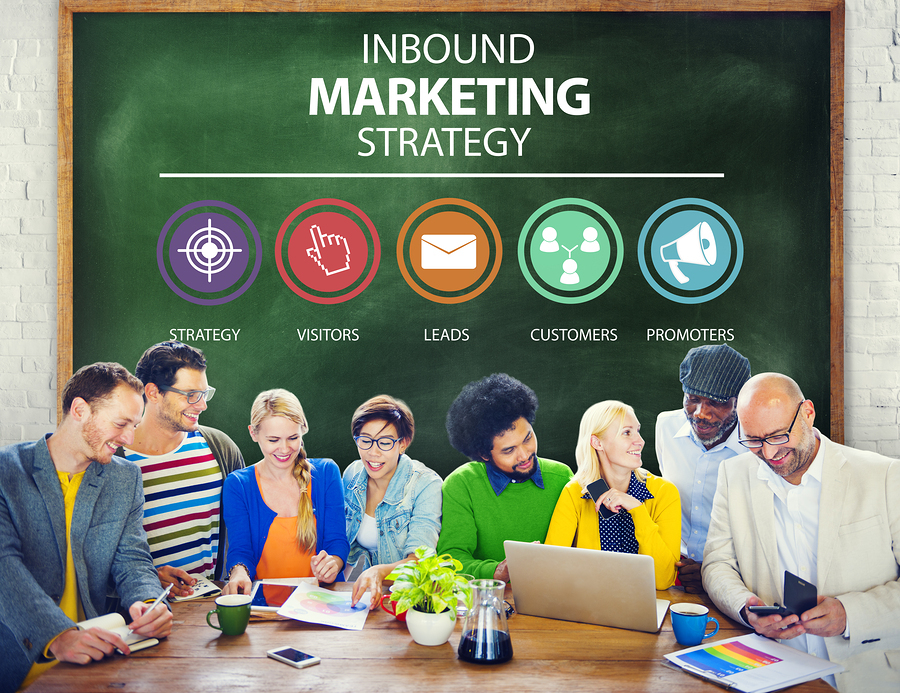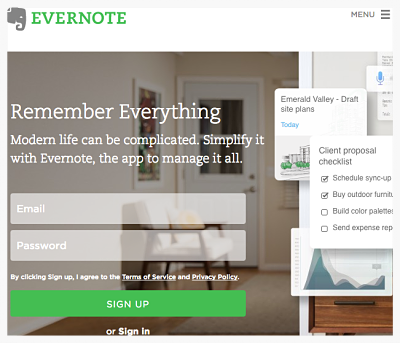What You Absolutely Have to Know About Inbound Marketing
Modern marketing techniques are complex and sometimes difficult to understand, but they work. In most cases, the word "modern" translates to...
2 min read
Mark Parent
January 28, 2016 3:18:00 PM EST

So you're on board with the inbound marketing ethos and it's driving traffic to your site, but so far it hasn't led to higher conversion rates.
You're not alone. Inbound marketing has long been embraced as a sound strategy for growing your client base.
It makes perfect sense to trade shooting around in the dark with cold calls and spam emails for going after those leads who likely already have an interest in your product with SEO and smart content generation.But, while these tactics will likely bring more traffic to your site, making the shift to inbound marketing doesn't always mean you'll see an increase in your sales. There are number of ways to go about it, and some are more fruitful than others when it comes to conversions.
The following two simple steps can help your inbound marketing strategy boost not only your traffic, but your sales as well.

A simple, attractive, and logically designed landing page is the key to
turning traffic into conversions. Photo credit: Chris Saulit
If your website visitors click on one of your calls-to-action (CTA), they will wind up on your landing page. This is a critical phase in the sales funnel and one that should be planned carefully if you want to up those conversions.
The CTA click is typically a pretty clear indication of interest in your product or service, but it doesn't mean you've sealed the deal on a sale. As Wordstream points out, a successful inbound marketing strategy depends on a landing page that is:
If you're stuck for ideas, check out Instapage's analysis of 110 existing landing pages for inspiration.
 Make sure to use remarketing to round up any potential clients
Make sure to use remarketing to round up any potential clients
who have visited your site only to wander away.
A first visit to your site isn't always going to convert into a sale. But that doesn't mean that the visitor was unimpressed or unconvinced. They may just need a little more time and/or prodding to tip the scales from lead to loyal customer. That's why you shouldn't just wait for your site visitors to come back; you should go out and bring them back.
Remarketing tactics have gotten extra sophisticated in recent years, so you can adjust your remarketing strategy for different users depending on how long they spend on your site and what pages they visit. State of Digital has published some useful tips for roping leads back in once they've already seen your site.
A sophisticated inbound marketing strategy is the key to building your client base, and it's a good start to launch a killer blog and dazzle on social media. But for more consistent conversions you need to make it easy for your customers to get all the way through the sales funnel, and you should also have a plan to draw back anyone who strays from your site. That's where tip-top landing pages and assertive remarketing come in.
For more ideas on how to implement effective inbound marketing solutions, >get a free inbound marketing assessment today.
If you are also interested in learning about how your website design can complement and evolve with your inbound marketing techniques, download our free eBook on growth-driven website design.

Modern marketing techniques are complex and sometimes difficult to understand, but they work. In most cases, the word "modern" translates to...

There is no one-size-fits-all strategy for inbound lead generation. Some tactics work better for specific businesses or certain industries, so it's...

A pay-per-click (PPC) advertising campaign may seem too expensive, but it also offers fast results and a (potentially) high return on investment...